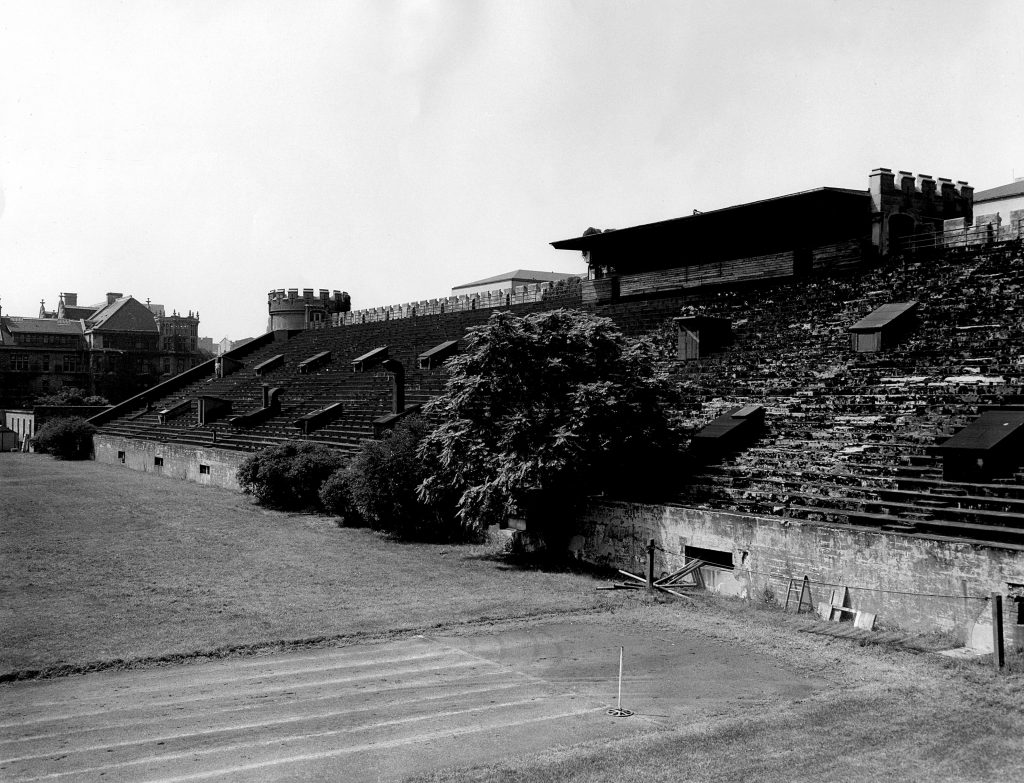Charles W. Hagen was a research assistant at the University of Chicago’s Metallurgical Laboratory (“Met Lab”) during the Manhattan Project.
In 1943, Hagen worked for the Office of Scientific Research and Development of Columbia University in Fort Benning, Georgia. In the same year, he became a research assistant at the Met Lab.
At the Met Lab, he worked in the Health Division under his former professor Raymond E. Zirkle. According to The Dragon’s Tail: Radiation Safety in the Manhattan Project, 1942-1946, Hagen along with other Indiana University students like Eric L. Simmons were recruited by Zirkle to work at the Met Lab. Hagen and studied the effects of radiation on laboratory animals. He worked at the laboratory until 1946.
Hagen was one of seventy scientists to sign the Szilard Petition, a document written by physicist Leo Szilard petitioning President Truman to avoid dropping the atomic bombs on Japan.
Early Years
Charles William Hagen, Jr. was born on March 21, 1918 in Spartansburg, South Carolina. In 1939, Hagen graduated from Cornell University. He married Mary Margaret Swan on December 23, 1942.
From 1939 to 1945, Hagen worked as a graduate assistant at Indiana University. He received his Ph.D. in Botany from Indiana University (IU) in 1944.
Later Years
Hagen served as an instructor in the Botany Department at IU for a year before becoming an Assistant Professor of Botany in July 1947. He was promoted to Associate Professor in 1951.
In 1957, Hagen was awarded Guggenheim and Fulbright grants to research differentiation within plant species in Trinidad. Two years later, Hagen became a full professor at IU in 1959. During the mid-1960s, Hagen was a member of the Aerospace Research Applications Center
He served as the chairman of the IU Division of Biological Sciences from 1964-1965, the associate dean of the College of Arts and Sciences from 1965-1966, and the associate dean for academic affairs and facilities planning from 1966-1972. After retiring from active teaching in 1983, Hagen became a Professor Emeritus at IU.
At the age of seventy-eight, Charles W. Hagen died on November 5, 1996 in Bloomington, Indiana.
For more information about Charles W. Hagen, please see the following references:





